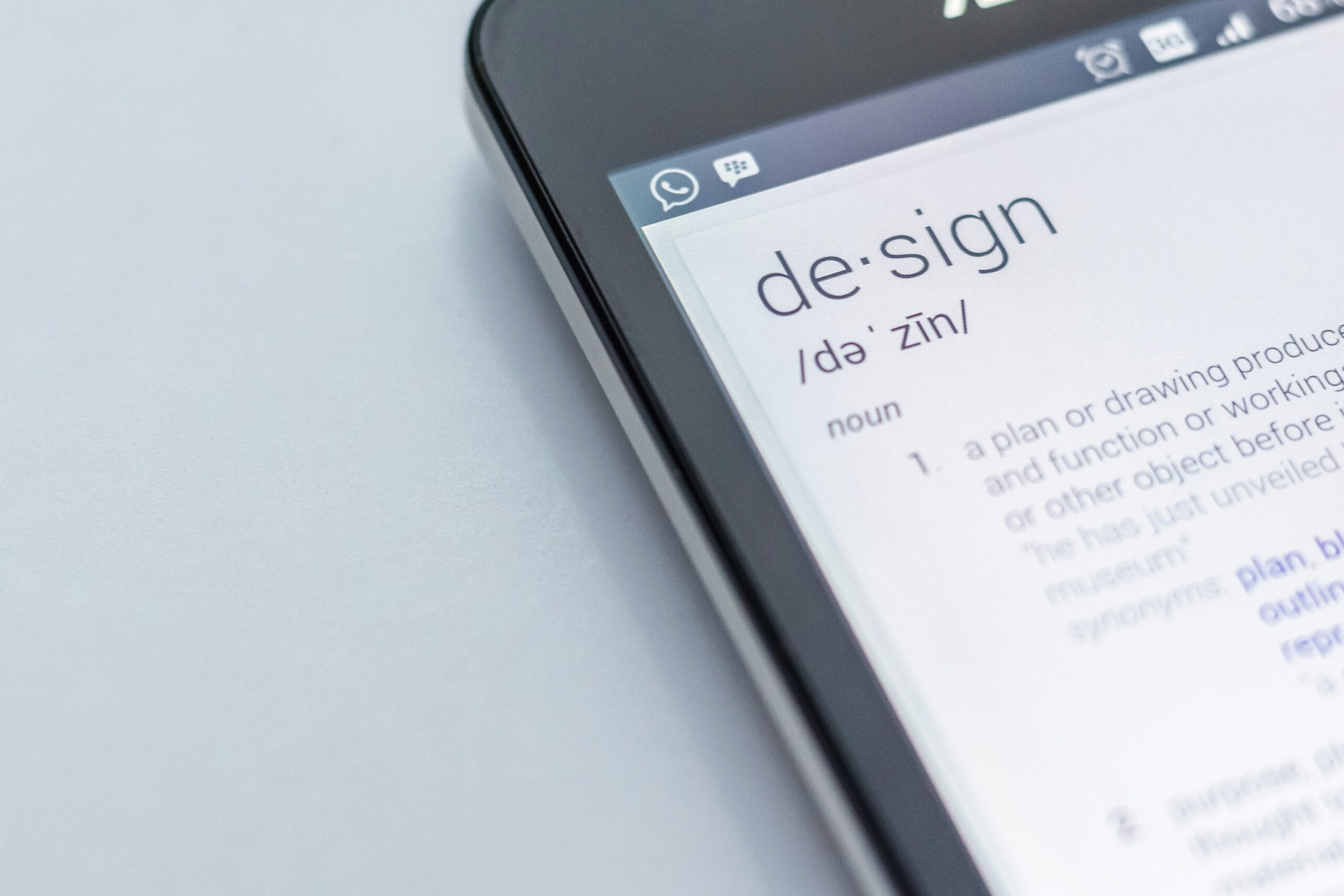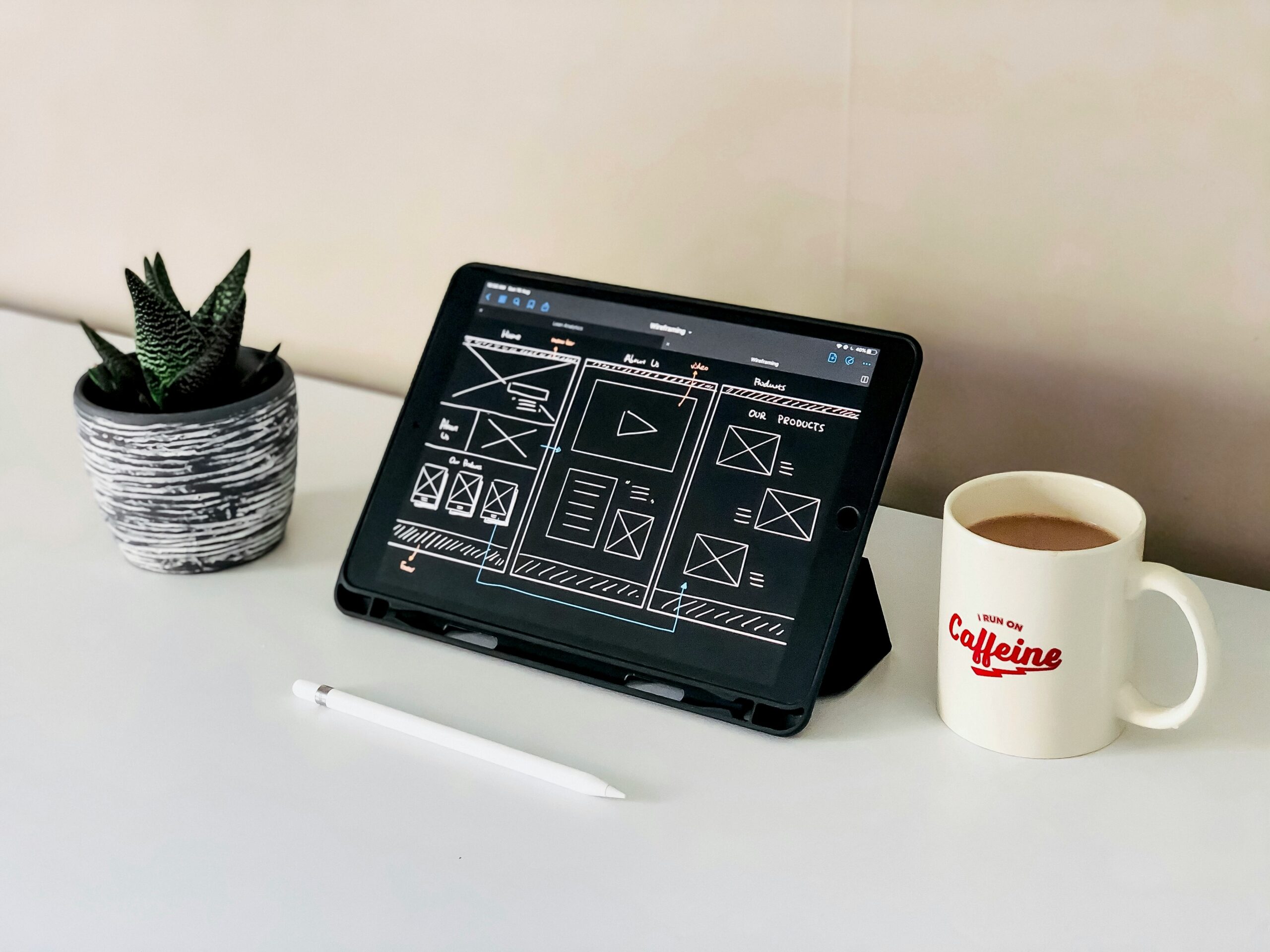In today’s digital age, the success of a website or application hinges on its usability. Users have become increasingly demanding, expecting seamless and intuitive experiences. This is where the field of User Experience (UX) and User Interface (UI) psychology comes into play. By understanding the principles of human behavior and cognition, designers can create interfaces that are not only visually appealing but also highly usable.
One of the key concepts in UX/UI psychology is the idea of mental models. Mental models are the internal representations that individuals create to understand and interact with the world around them. When designing a website or application, it is important to align the interface with the user’s mental model. This means using familiar icons, labels, and navigation patterns that users can easily recognize and understand.
Another important aspect of UX/UI psychology is the concept of affordances. Affordances refer to the perceived possibilities for action that an object or interface provides. For example, a button with a raised appearance suggests that it can be clicked, while a slider indicates that it can be moved. By designing interfaces that have clear and intuitive affordances, designers can guide users towards the desired actions.
Cognitive load is another key consideration in UX/UI psychology. Cognitive load refers to the mental effort required to perform a task. Designers should aim to minimize cognitive load by simplifying complex tasks, providing clear instructions, and reducing distractions. By reducing cognitive load, users can focus more on the task at hand, leading to a more enjoyable and efficient user experience.
Visual hierarchy is another important principle in UX/UI psychology. Visual hierarchy refers to the arrangement of elements on a page in order of importance. By using size, color, and placement, designers can guide users’ attention and highlight key information. This helps users quickly understand the structure and organization of the interface, making it easier for them to navigate and find what they are looking for.
Another aspect of UX/UI psychology is the concept of feedback. Feedback refers to the information provided to users in response to their actions. Whether it’s a confirmation message after submitting a form or a visual change when hovering over a button, feedback helps users understand the outcome of their actions and provides a sense of control. Designers should ensure that feedback is provided in a timely and meaningful way to enhance the user experience.
In addition to these principles, UX/UI psychology also considers the emotional aspect of design. Emotion plays a crucial role in shaping user experiences. By evoking positive emotions such as joy, trust, and satisfaction, designers can create interfaces that users will enjoy using. This can be achieved through the use of color, imagery, and tone of voice.
Lastly, accessibility is an important consideration in UX/UI psychology. Designers should strive to create interfaces that are inclusive and can be used by individuals with disabilities. This includes providing alternative text for images, ensuring proper color contrast, and designing for keyboard navigation. By making interfaces accessible to all users, designers can create a more inclusive and user-friendly experience.
In conclusion, the field of UX/UI psychology offers valuable insights into how to create interfaces that are not only visually appealing but also highly usable. By understanding the principles of human behavior and cognition, designers can create interfaces that align with users’ mental models, provide clear affordances, minimize cognitive load, and evoke positive emotions. By applying these principles, designers can enhance the user experience and create interfaces that users will love to interact with.












Leave a Reply